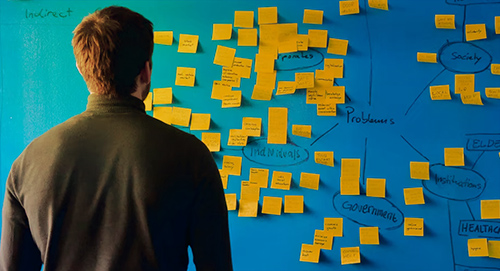
 0 saved
0 saved
 45.9K views
45.9K views








"A general 'law of least effort' applies to cognitive as well as physical exertion. The law asserts that if there are several ways of achieving the same goal, people will eventually gravitate to the least demanding course of action... Laziness is built deep into our nature." - Daniel Kahneman.
One of the most significant findings from Behavioural Economics is that we are on autopilot for most of the day, for most of our lives. But, rather than bemoan the nature of our minds, why not make the most of it?
It's true that we are capable of creative, high-energy, and inventive thought — however, such effort costs us dearly and comes rarely. So why not make the most of the rest of the time? Why not get more out of your mind and activity when you're simply coasting and drifting through life. Imagine tapping into that time and 'drifting with purpose and impact'.
Get started now — set yourself up for success by leveraging these mental models to get more from your brain's autopilot.
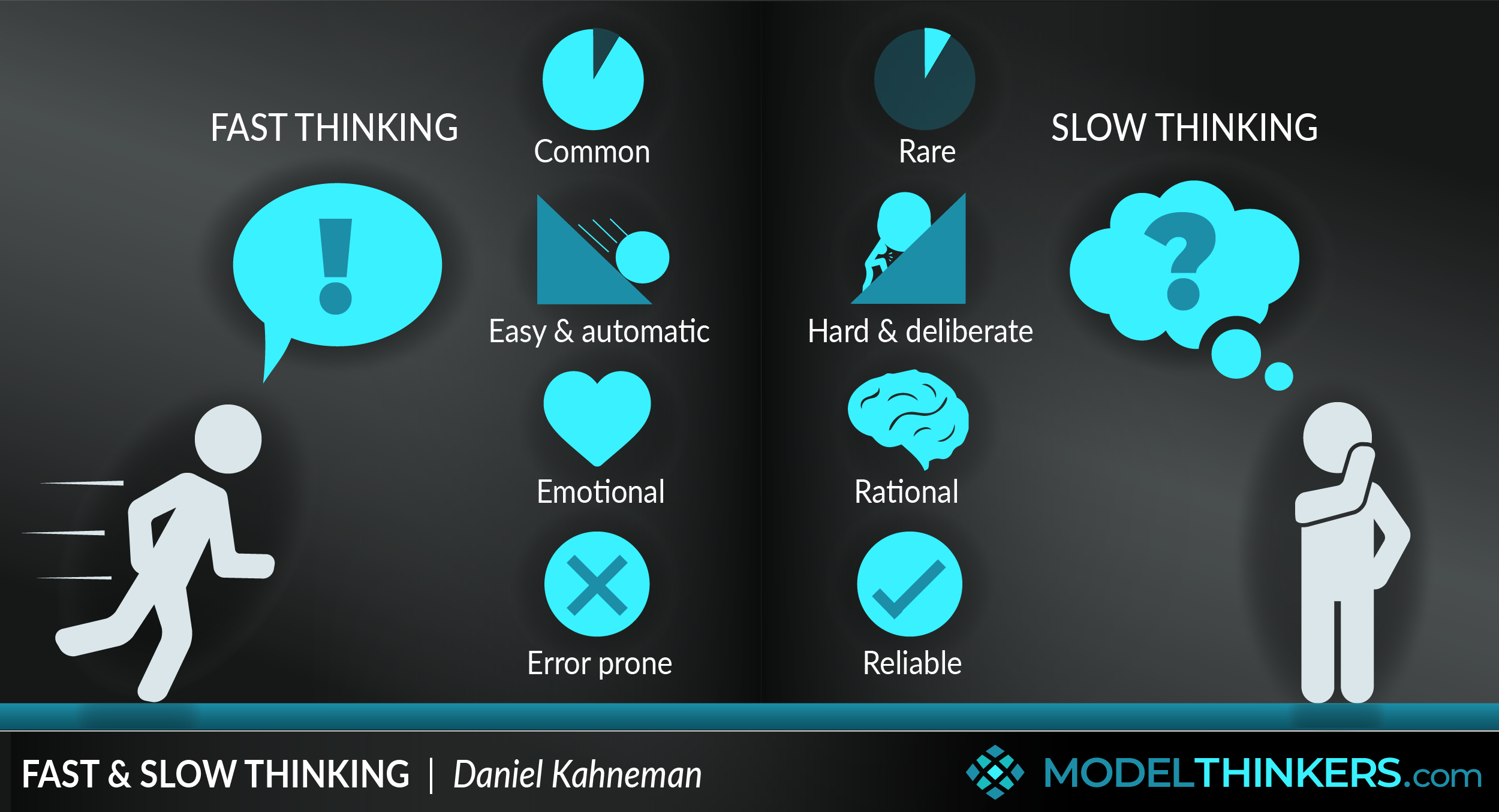
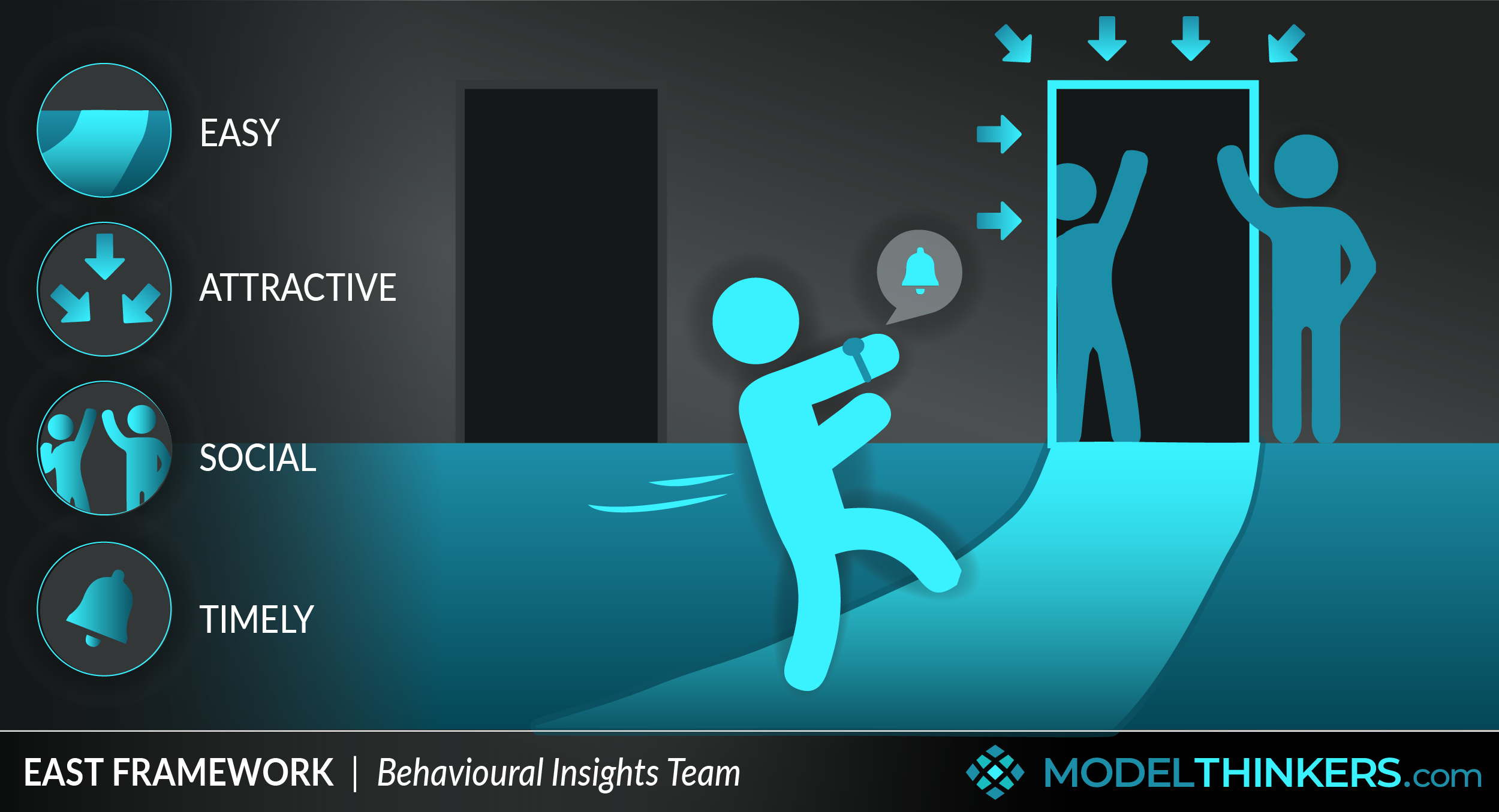
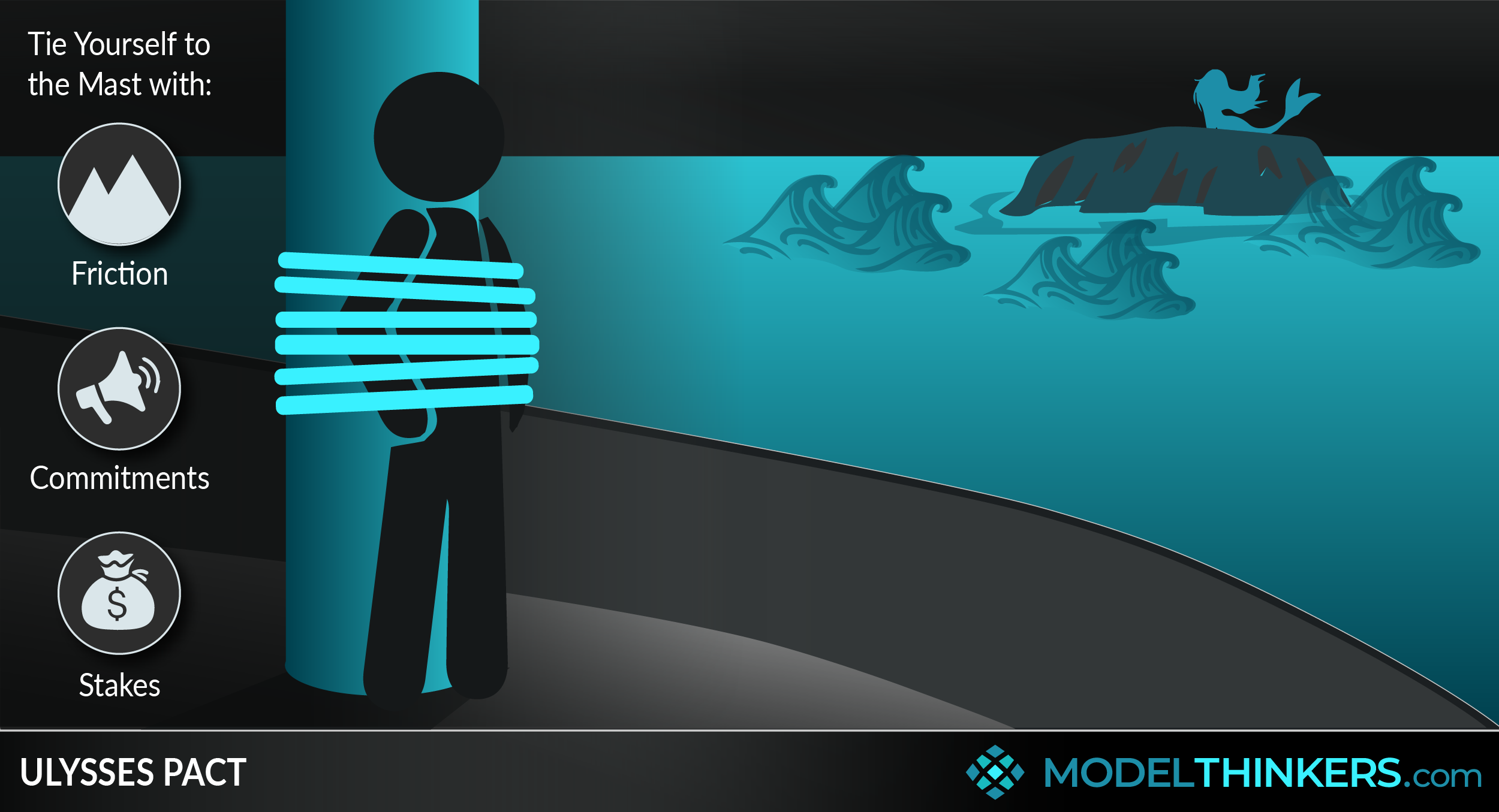
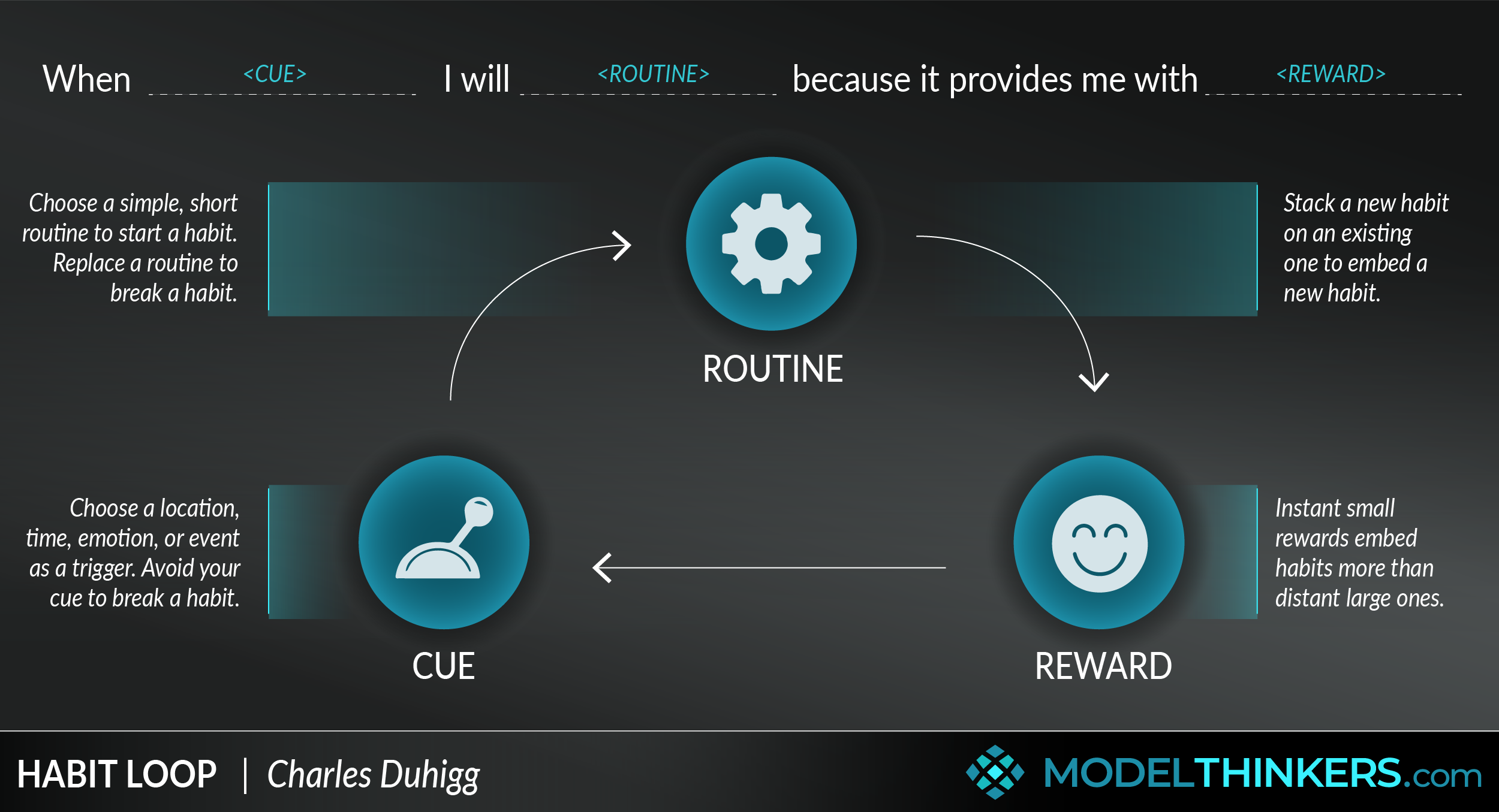
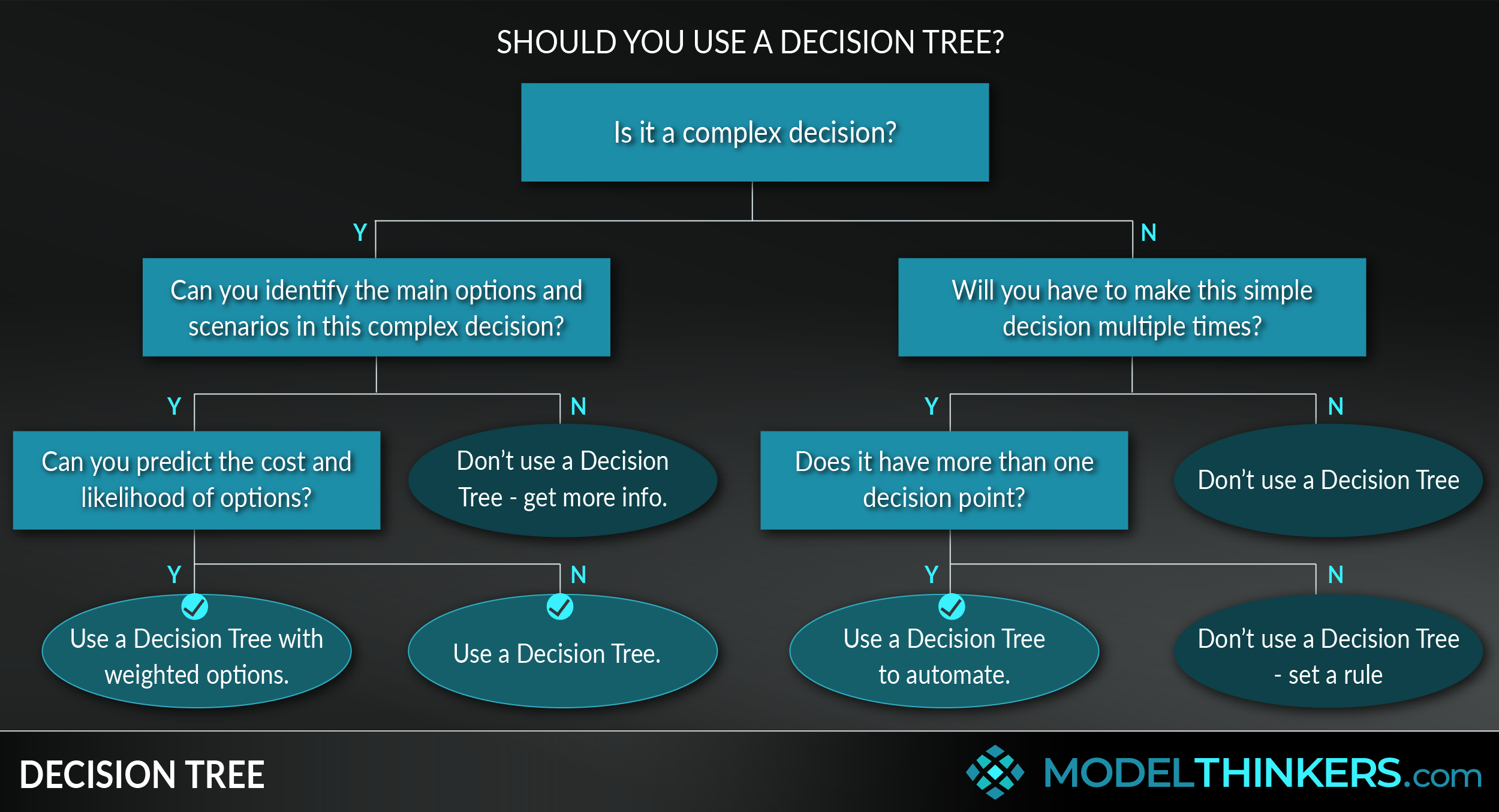
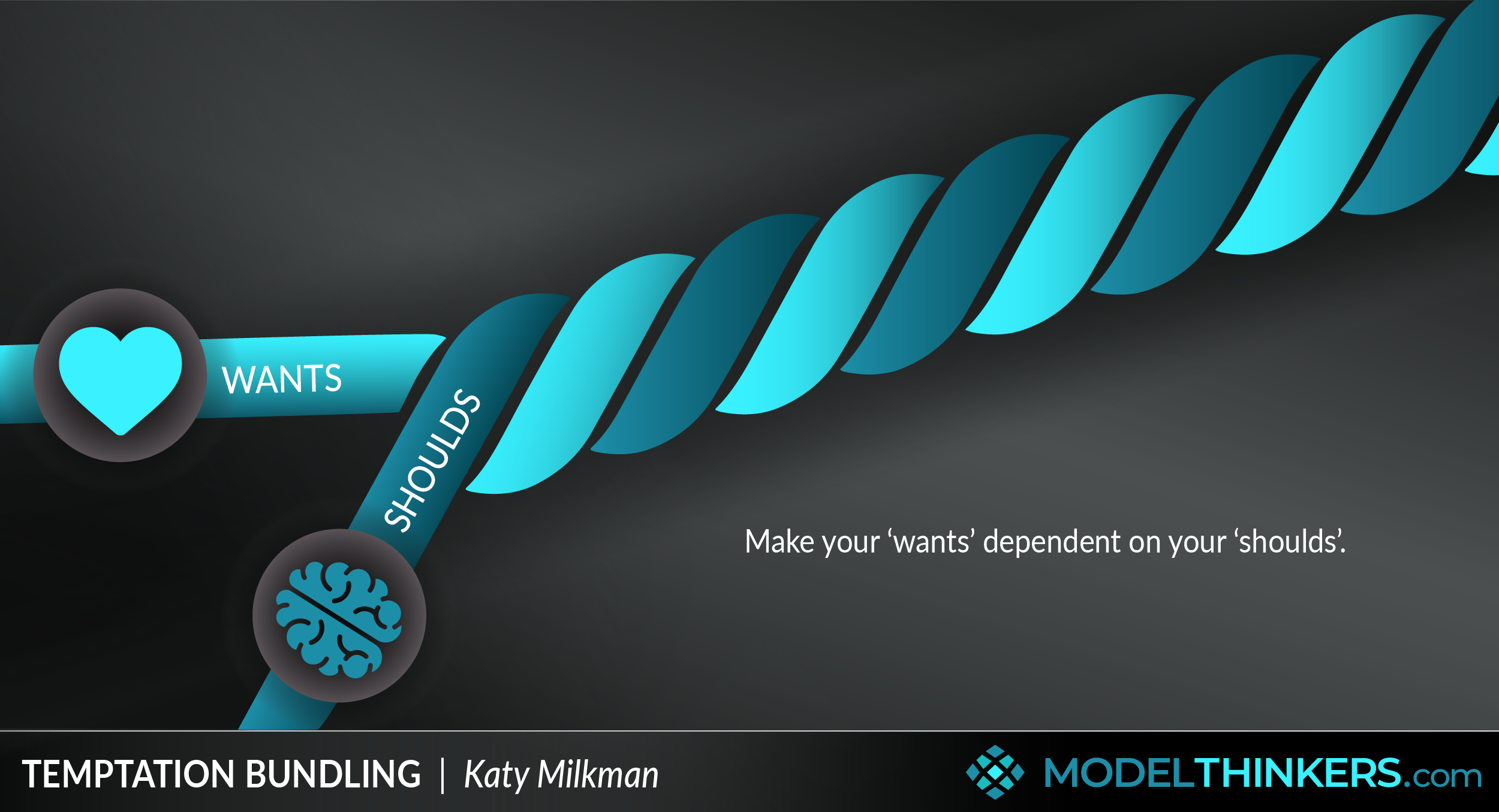
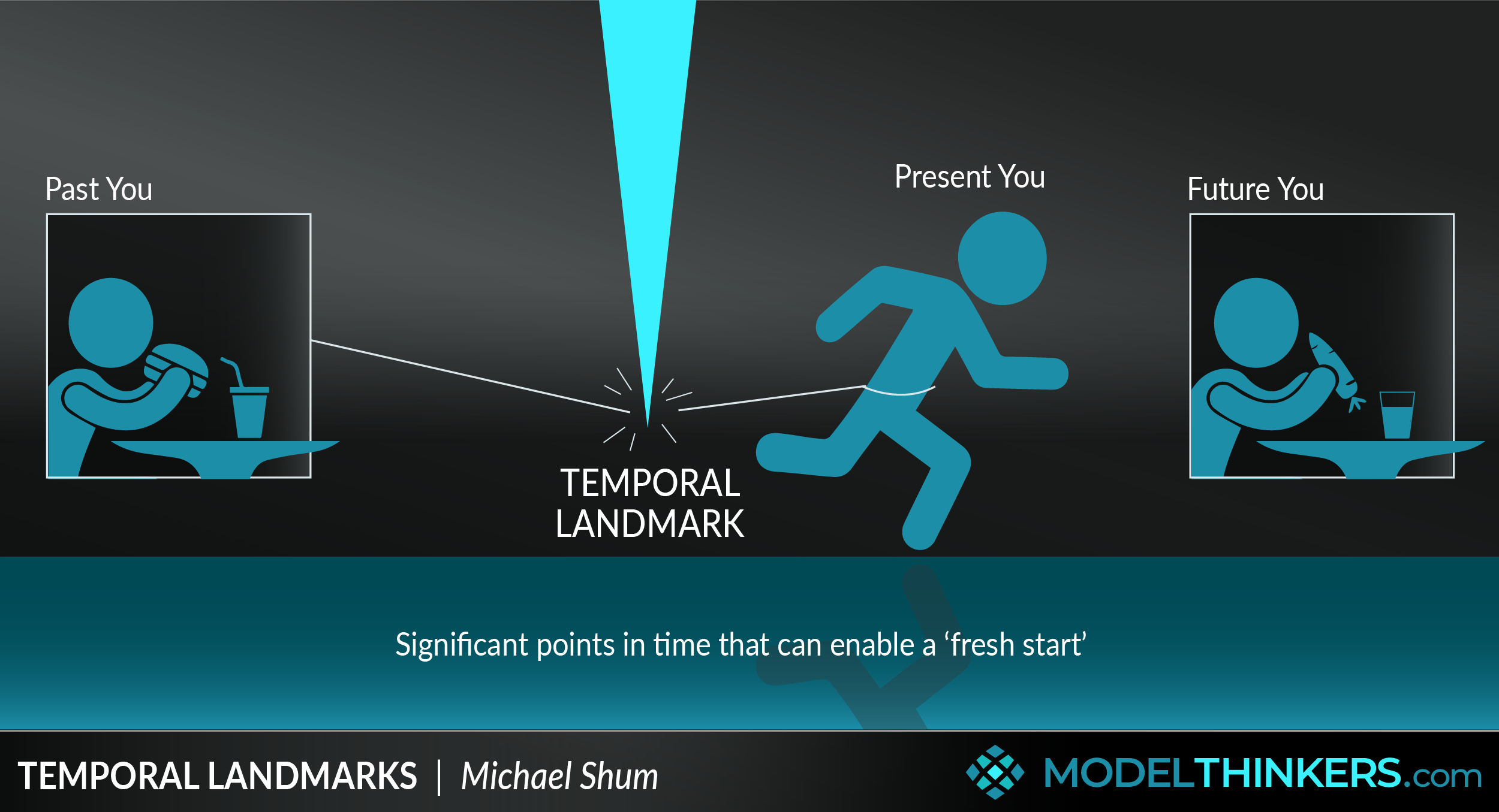
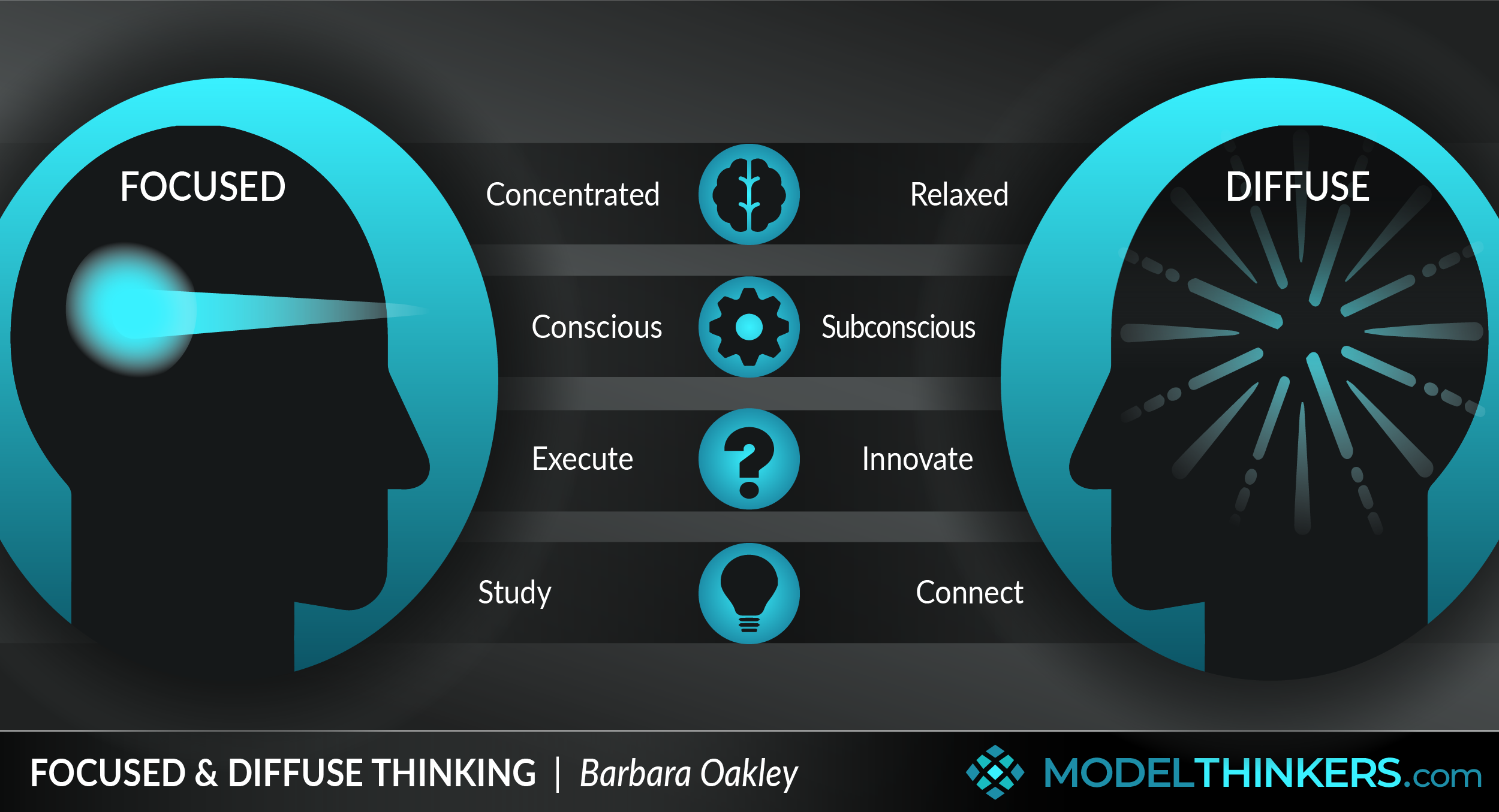


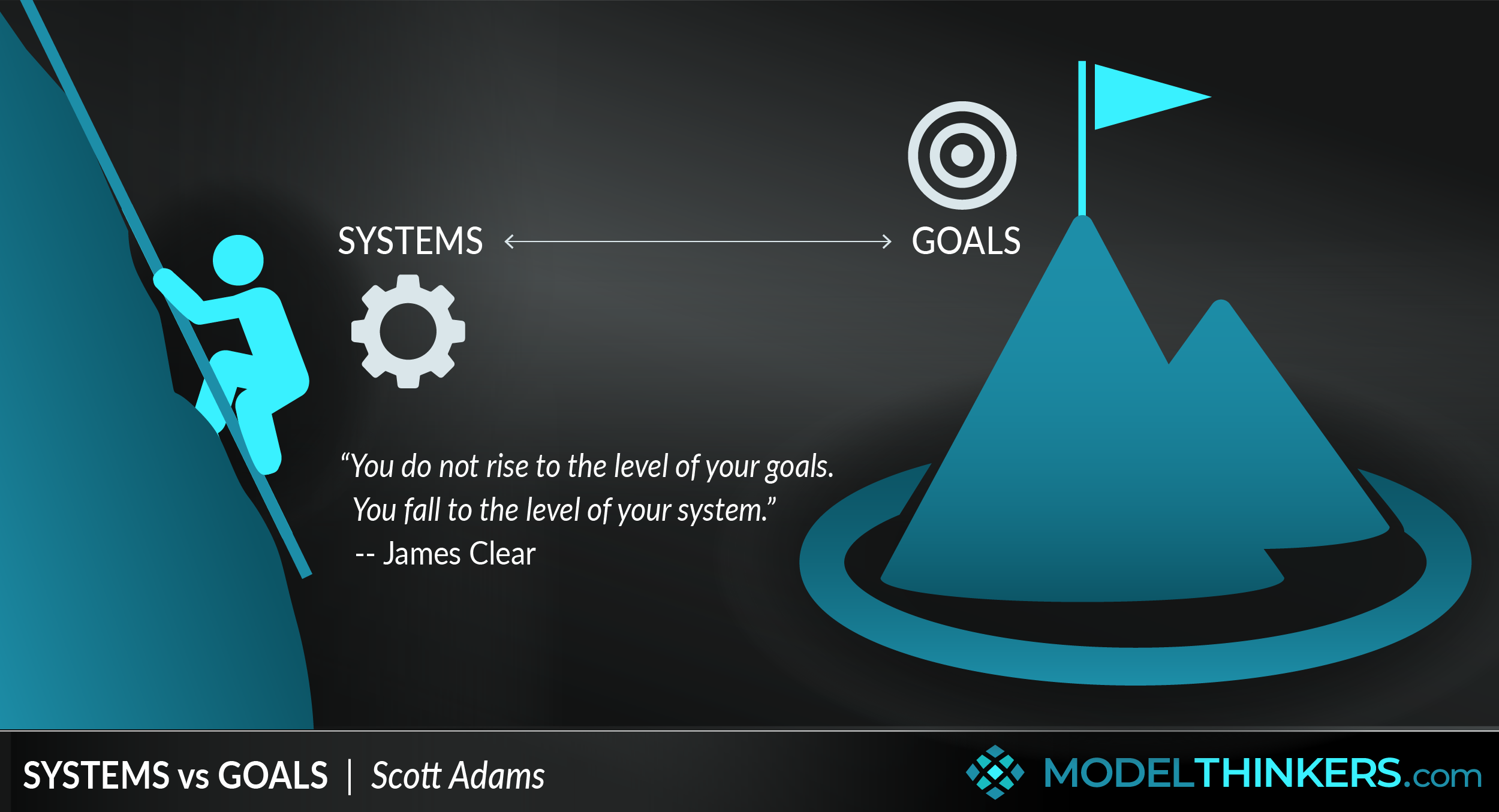
Premium content
Please do login or sign up to see premium contect
Subscription expired!
Please renew your subscription to access this feature.
 My Notes
My Notes









